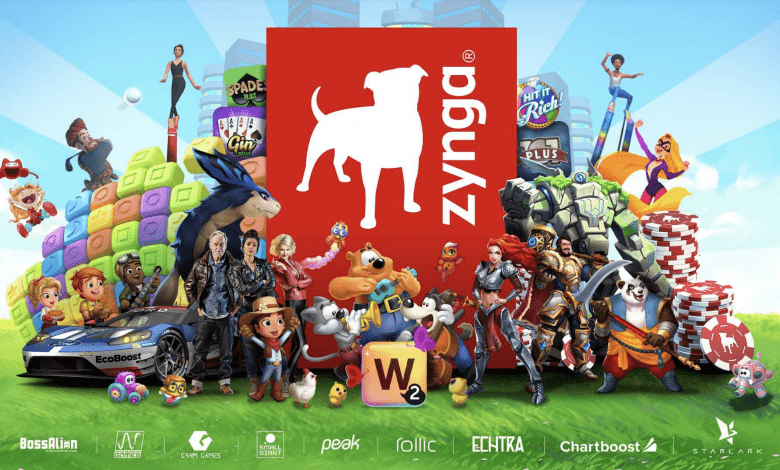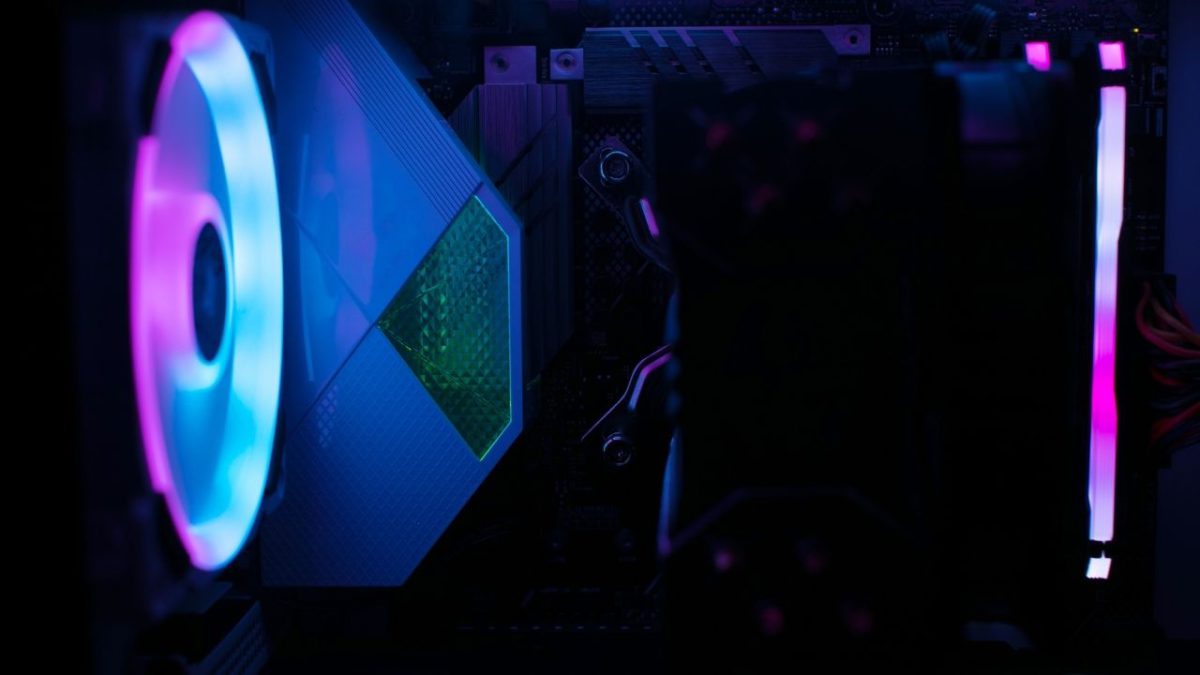2 Major Things Blockchain Gaming Will Change Globally
Video games are undoubtedly not an exception to the trend, as blockchain is quickly overtaking other topics as the most talked-about topic in various industries, including fashion, finance, and the arts. The Blockchain gaming market is estimated to be worth $336 billion, including software, hardware, and intellectual property, by venture capital firm Bitkraft. As the market has expanded, it has consistently incorporated the greatest consumer technology available, including 3D, virtual reality, immersive audio, and high-fidelity graphics (VR).
Blockchain technology is being applied similarly to the ever-expanding world of video games, and for a good reason. Decentralized blockchains make it possible for gamers to genuinely own the virtual goods they use in games. Additionally, blockchain gaming income structures often favor players rather than going exclusively to the game creators and publishers’ purses. This new paradigm unlocks an altogether new, largely untapped digital economy with practical ramifications.
A centralized government threatens property rights.
The world’s largest media category now is gaming, surpassing television, streaming entertainment, movies, and music. The ownership of all relevant revenue streams within games is granted to developers and publishers, giving them access to billions of dollars from selling in-game content, digital goods, and subscriptions. This is important because almost all traditional game-based economic activity is centralized.
Despite spending their hard-earned money to buy a game, end customers only own a little portion of that value. This is made worse by extra spending on in-game improvements, add-ons, and objects, all of which remain the property of the game’s creators and producers and cannot be taken outside the game’s confines or sold.
Players paid almost $61 billion in 2021 on supplemental in-game stuff they didn’t own. To make matters worse, it is anticipated that in-game purchases will reach $74 billion by 2025. However, the advent of blockchain gaming is now openly challenging this one-sided income model.
Putting control back in the players’ hands
Blockchain games use blockchain technology to prioritize player value generation over traditional gaming, primarily non-fungible tokens (NFTs).
A unique, non-transferable digital asset is the subject of an NFT, a tokenized, digitally protected claim of ownership. In virtual gaming environments, NFTs are used in various ways, including avatar apparel, goods, virtual land, and characters.
Blockchain’s immutability and truthfulness allow every tokenized in-game item to truly belong to the players who acquire it. In blockchain gaming, users are not subject to the approval or regulations of the game developers or publishers, and any NFTs they possess can be freely sold on secondary markets inside and outside the game.
🔥 What will a globally connected, low-latency, efficient, and converged gaming ecosystem infrastructure change?
📌 An app/dapp to directly connect popular GameFi
📌 Traditional GameFi to connect blockchain in one click
📌 NFT/GameFi to interconnect asset
🚨 And more…#GameFi— BridgeCoin (@BRCoinfinance) June 19, 2022
Also, read – Top 4 Blockchain Gaming Projects On Solana
Impact of blockchain gaming globally and what is ahead
This quickly emerging new gaming genre will change how users interact with and view conventional socioeconomic structures like banks, markets, and governments.
In Latin America, for instance, younger people have become increasingly interested in blockchain gaming amid soaring price inflation, with Argentina and Brazil moving up to the 5th and 7th positions regarding the platform’s worldwide users per country.
This offers a view into the future of employment for many people or at least a large portion of it. It’s not impossible to envisage new professional opportunities emerging as the world continues to move more and more toward digitization, especially if the “metaverse” develops beyond its inception.
Especially in emerging economies where returns can exceed the typical minimum wage, the blockchain gaming movement is proof of this.
But for the ecosystem to advance and open the doors for the inflow of trillions of dollars in digital assets, there must be a discovery site where players can get unbiased reviews and assessments of the most recent blockchain games. Players can receive much-needed gaming data that they can utilize to increase their earning potential by analyzing over 2000 popular blockchain games, including Axie Infinity, Splinterlands, and Skyweaver, using the scores of gamers and industry professionals.
By focusing on a wide range of emerging digital environments and types of value production, blockchain games have been offering a proof of concept for a self-sovereign financial system that might be adopted not only by the 3 billion or so gamers globally but also across a mainstream audience.
Indeed, it can be said that blockchain gaming is currently at the vanguard of the growing fusion between the physical and digital worlds, given the quick expansion and significant institutional investment seen in both Web3 and Metaverse case applications.
Stay informed with daily updates from Blockchain Magazine on Google News. Click here to follow us and mark as favorite: [Blockchain Magazine on Google News].
Get Blockchain Insights In Inbox
Stay ahead of the curve with expert analysis and market updates.
latest from tech
Disclaimer: Any post shared by a third-party agency are sponsored and Blockchain Magazine has no views on any such posts. The views and opinions expressed in this post are those of the clients and do not necessarily reflect the official policy or position of Blockchain Magazine. The information provided in this post is for informational purposes only and should not be considered as financial, investment, or professional advice. Blockchain Magazine does not endorse or promote any specific products, services, or companies mentioned in this posts. Readers are encouraged to conduct their own research and consult with a qualified professional before making any financial decisions. The featured image used is just a creative depiction of the title and it does not intend to hurt sentiments of any person or institution. If it hurts anyone sentiments, please do not hesitate to reach out to Blockchain Magazine.

 Bitcoin
Bitcoin  Ethereum
Ethereum  Tether
Tether  XRP
XRP  Solana
Solana  USDC
USDC  Dogecoin
Dogecoin  Cardano
Cardano  Lido Staked Ether
Lido Staked Ether  TRON
TRON  Wrapped Bitcoin
Wrapped Bitcoin  Chainlink
Chainlink  Wrapped stETH
Wrapped stETH  Avalanche
Avalanche  Sui
Sui  Stellar
Stellar  Toncoin
Toncoin  Shiba Inu
Shiba Inu  Hedera
Hedera  LEO Token
LEO Token  Hyperliquid
Hyperliquid  Bitget Token
Bitget Token  Litecoin
Litecoin  USDS
USDS  WETH
WETH  Polkadot
Polkadot  Bitcoin Cash
Bitcoin Cash  Ethena USDe
Ethena USDe  MANTRA
MANTRA  Wrapped eETH
Wrapped eETH  Uniswap
Uniswap  Pepe
Pepe  Ondo
Ondo  Monero
Monero  WhiteBIT Coin
WhiteBIT Coin  Aave
Aave  NEAR Protocol
NEAR Protocol  Mantle
Mantle  Official Trump
Official Trump  Dai
Dai  Aptos
Aptos  Internet Computer
Internet Computer  Ethereum Classic
Ethereum Classic  Bittensor
Bittensor  OKB
OKB  Cronos
Cronos  POL (ex-MATIC)
POL (ex-MATIC)  Gate
Gate 



